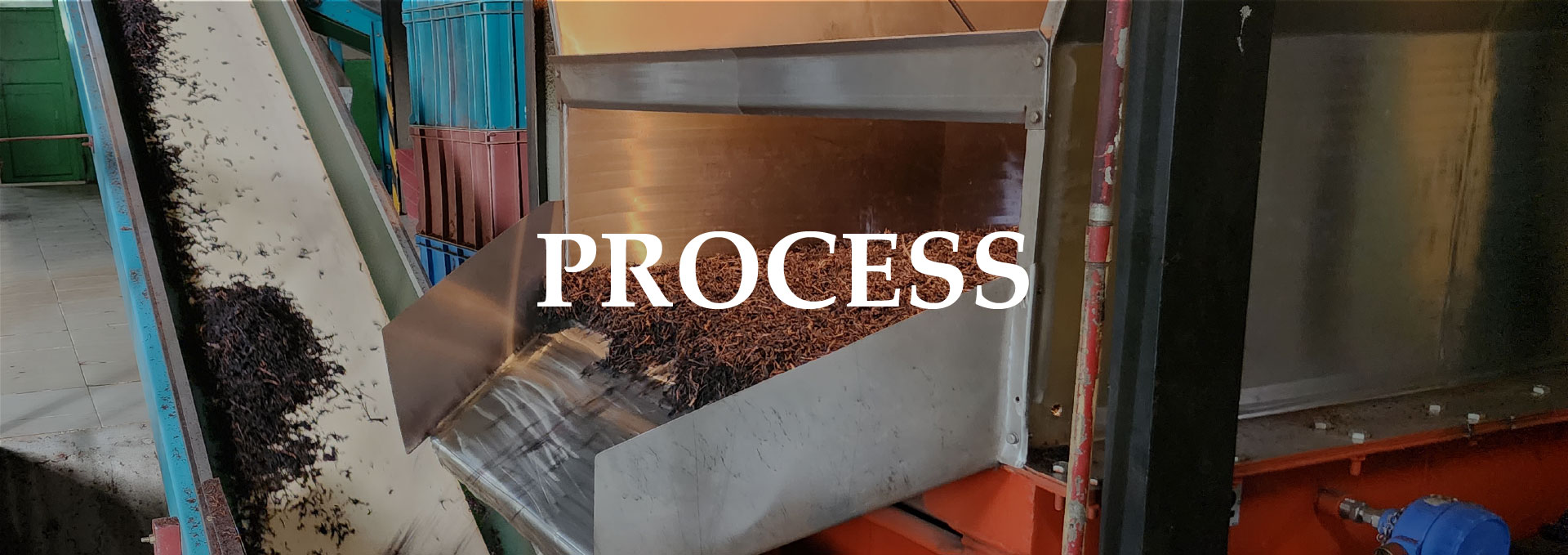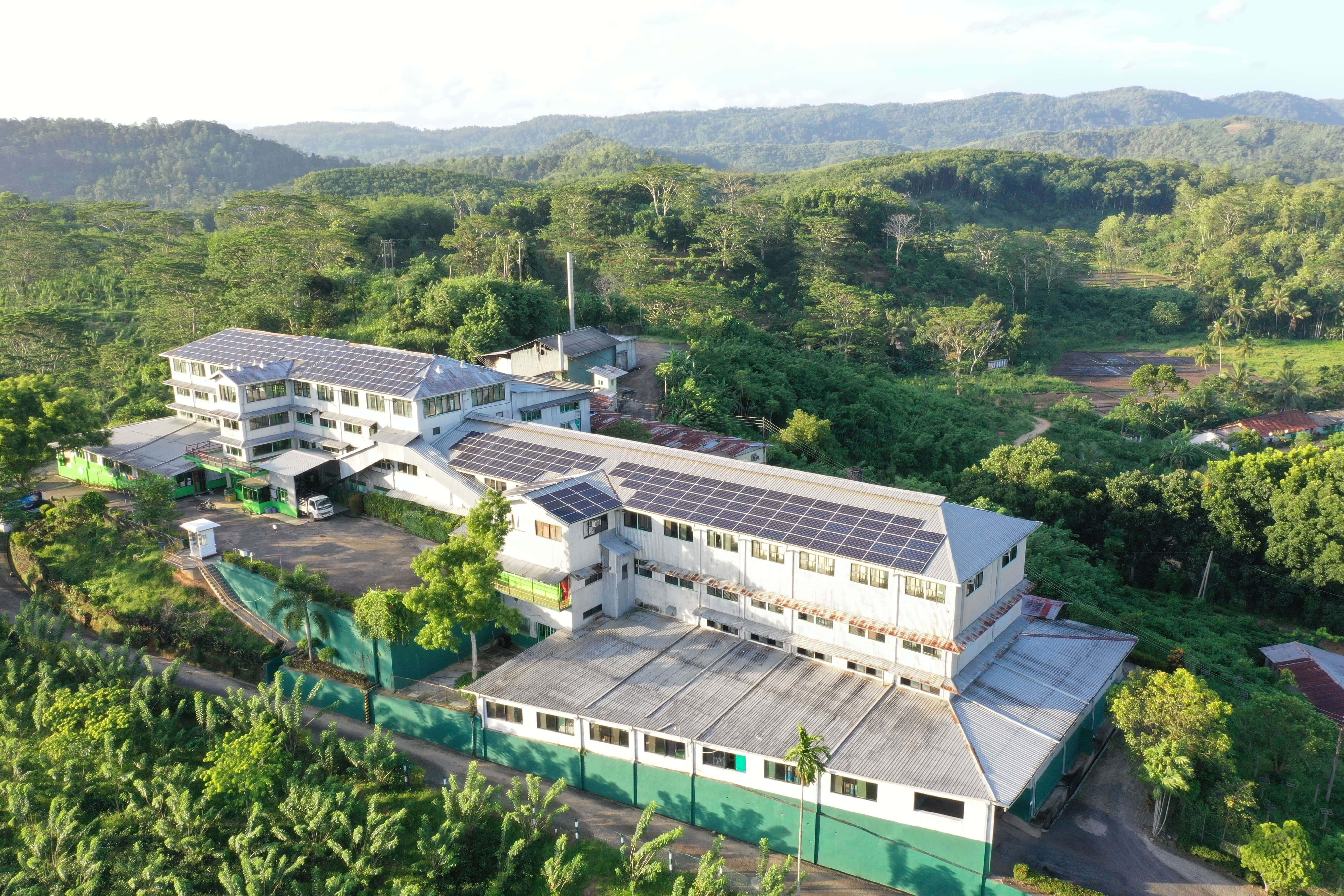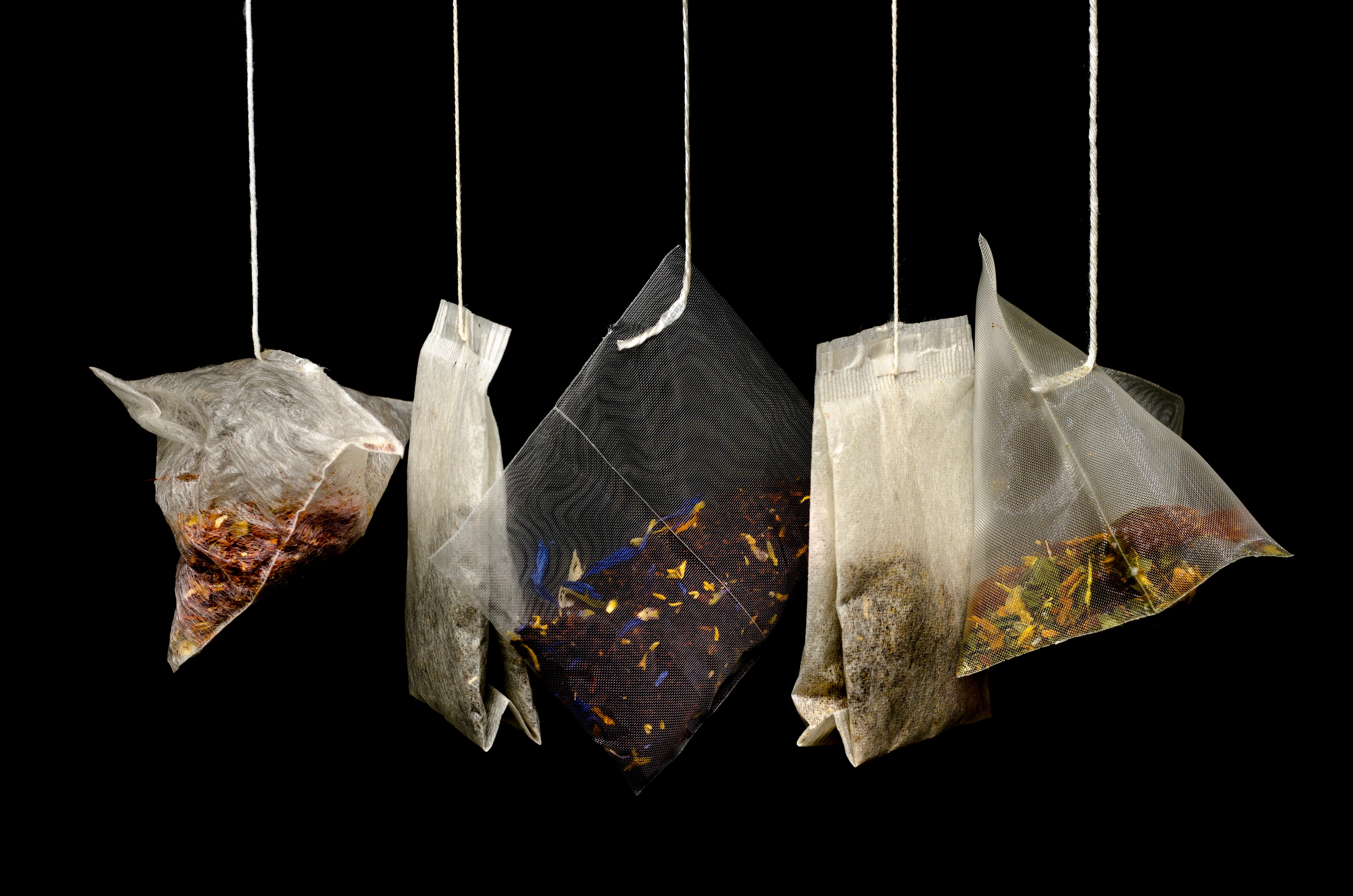


Uruwala tea , which was originally introduced in 1920 , is shipped to many countries including Middle East countries and Russia , and it directly and indirectly employs close to 1000 people. Tea plantations span about 75 acres, or about half of the Uruwala estate's total land area.
Our annual production of tea is roughly 30000 Kilograms, and we manufacture it throughout the year. We as a member of the southern tea , offers you a variety of Ceylon tea flavors. It is greatly affected by the fact that it is predominantly handpicked. Despite our 100 years of excellence, we continue to prioritize using orthodox procedures. It still offers the greatest black tea, according to experts. Even with modern technology, we as experienced tea producers still use the traditional process, for the reason that best tea cannot be hurried. Making tea involves multiple steps, each of which takes a specific amount of time to output a quality product every minute is important.
So let the water boil , KEEP CALM and let’s see how URUWALA TEA is produced!
1. Growing
Camellia sinensis is the scientific name for the tea plant. They are grown as bushes, solely as we want leaves. They are collected as often as the tea plant vegetates and grows new shoots with leaves each year. Even though not all of the leaves are removed, tea is manually collected. Only a few of the top, fresh, and juicy leaves were selected, together with some of the stem on which they had developed and the so-called bud (or tip), which is an unopened leaf at the end of the shoot. A few leaves, a piece of the stem, and a cap are referred to as "flush." Flush is the cornerstone of tea production. Two or three leaves in a flush are referred to as a "golden flush." The flushes are collected using three, four, or even five leaves.
2. Plucking – two leaves, and a bud.
Here is when our pretty ladies enter the picture. They remove the fresh leaf at the top, which includes the bud and the leaves below it. It ensures a tea with a flavorful finish. The stem isn't harmed in any way. difficult labor. A good tea plucker, however, can gather up to 20 kg of leaves each day. The laying of leaves in plastic boxes.

3. Weighing
Tea leaves are transported from lush tea plantations to the factory, where they are weighed as soon as they arrive. At the conclusion of the manufacturing process, the total weight recorded for the day's batch serves as a baseline for quality evaluation. The tea is weighed and then spread out to wither. We also purchase tea leaves from different vendors.
4. Withering
Tea leaves are spread out in huge withering troughs. To lower the moisture content of leaves, heated air is used. About 42%-45% water is evoparated. Leaves undergo physical and chemical changes essential to manufacture. Because excessive withering might be lethal, the procedure is carefully watched. This would cause the leaf to become flaccid. The term "physical wither" describes this. The breakdown of molecules into smaller units, which increases amino acids and taste compounds, as well as the partial breakdown of cell walls, which is crucial for later manufacturing stages, all take place during this period. For this chemical withering to take place correctly, the plucked leaves wither for 12 to 18 hours.
5. Rolling
Now that the leaf has withered, it can be rolled. The main objective of rolling is to disrupt the leaf compartment or cells, releasing enzymes and bringing them into touch with air so that aeration can begin. Dhool is the name for the crushed and rolled pieces of leaves. Various kinds of rollers are utilized to do this. Since the initial roll is typically quite soft, it is referred to as the "preconditioning roll." It has been determined that the delicate expression of leaf juice on the surface of the twisted particles is the primary mechanism of the preconditioning roll. The tea's dark tone is a result of these juices congealing on the surface of the particles. The purpose of rolling after that is to completely destroy the leaf cells.
During the rolling phase, friction produces a lot of heat, but it's crucial to maintain the temperature below 35 °C because greater temperatures could lead to unfavorable chemical and enzyme interactions.
6. Fermentation
Through the impact of air on the leaf tissue, significant chemical reactions occur during this crucial stage of production. Depending on a number of variables, including the intended final output, the rolled, broken leaf is exposed for a time that ranges from 20 minutes to five hours on tables. The most significant of these reactions is the oxidation of polyphenols, which is brought on by the breakdown of cells, which enables the enzymes to combine with the other chemical compounds inside the cell. Another event that takes place during fermentation is the creation of certain flavor molecules. This phase has a significant impact on flavor and color.

7. Drying
To remove moisture and stop additional chemical alterations, the rolled leaves are dried in a desiccator or "fire chamber" at 99-104 C (210-220 F). As a result, the leaf shrinks and turns dark, yielding black tea. The actual manufacture is finished at this point. Furthermore, the tea's flavor is "balanced," emphasizing the presence of more advantageous higher boiling compounds, as some of the undesirable low boiling compounds are destroyed during firing. Tea that has been dried should have a moisture content of 2.5% to 3%.
8. Grading
The color and strength of the brew are affected by the size of the leaf particles in your teapot, which has no bearing on the flavor of the beverage. A mechanical sifter is used to grade manufactured tea according to leaf size. The largest pieces are found in "leaf" grades, followed by "broken" grades that go progressively smaller, and finally "dust," which is the smallest grade of all. Larger grades typically fetch larger bids at auction.
Different tea grades, such as OPA, OP, OP 1, PEKOE, PEKOE 1, FBOP, FBOPF, BOP, BOPA, FBOPF Ex SP, FBOPF SP, BOPF, and DUST 1, are created by sifting dried leaves.
9. Tasting
Assess the tea's appearance, aroma, and flavor to ensure that it satisfies all quality standards..
10. Packaging
To guarantee uniformity of appearance, flavor, and quality, each grade of a certain consignment is properly mixed and swirled. After that, the tea is bulk-packaged, either in vintage wooden chests (formerly coated with lead) or in more modern aluminum-lined paper sacks. Specific packaging is developed for each grade in accordance with its recognized criteria. Moisture levels during packaging should be lower than 6%.
11. Teabags and CTC
We began manufacture in response to the increasing global demand of tea bags. Using a CTC (cut, tear, and curl) equipment, which separates the withered leaf into incredibly fine pieces, tea is processed for bagging. This broken leaf infuses rapidly and creates a black, robust brew, making it ideal for tea bags.
Finally, our products are distributed in the market as Uruwala tea. Perhaps your water has now boiled. Want to try the finest black tea from south Ceylon? Place your orders right away. We are delighted to assist you!
© Copyright 2023 Uruwala Group